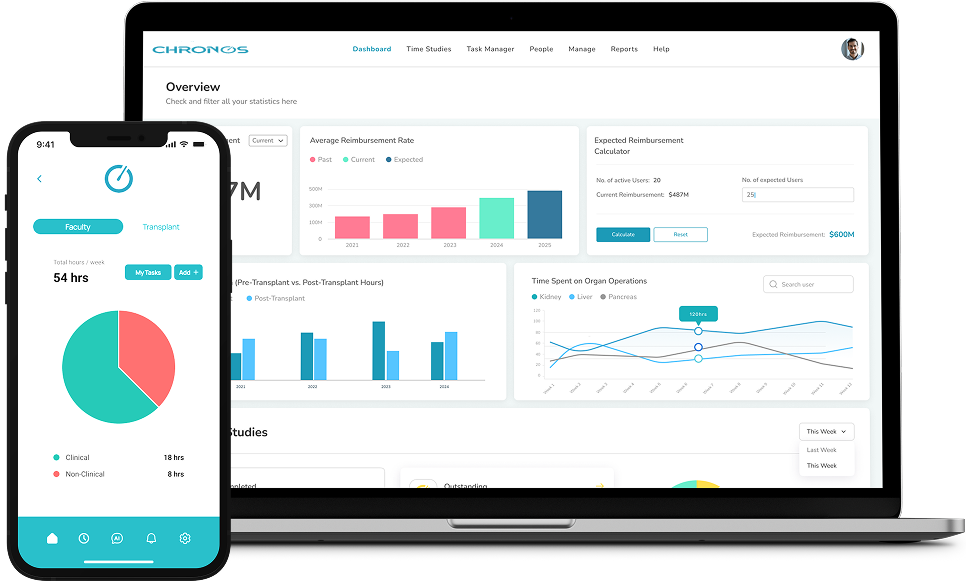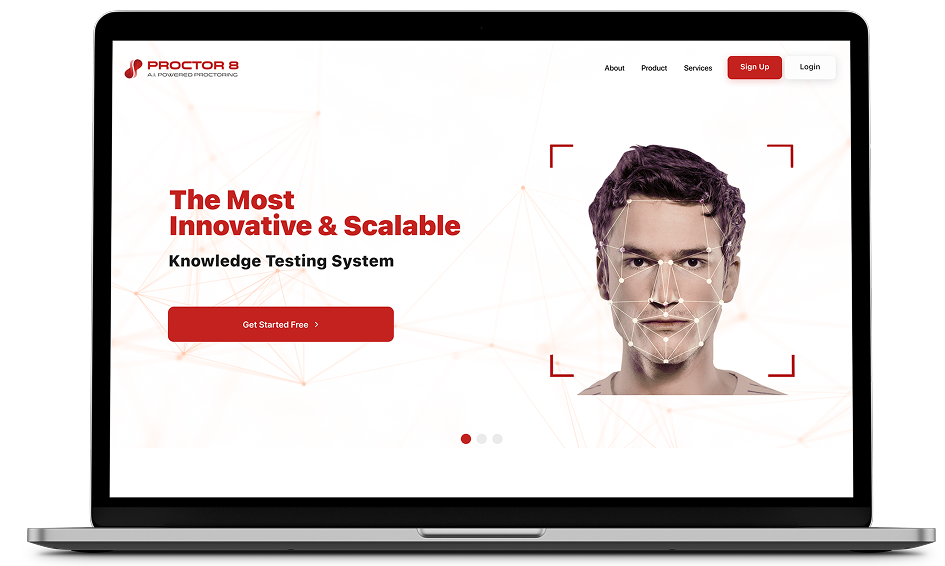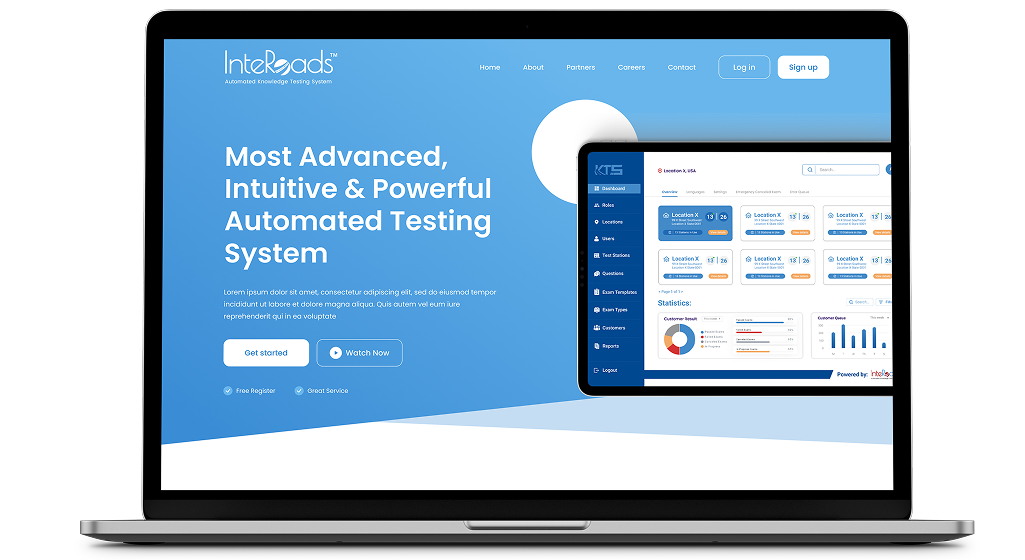Accelerating Your Business Growth with
Cutting-Edge Digital Business Solutions
LET’S TALK

Augmenting Your Business Growth with
Groundbreaking A.I.
LET’S TALK

Bringing Revolutionary Ideas to Reality with
Mobile Application
LET’S TALK

Accelerating Your Business Growth with
Cutting-Edge Digital Business Solutions
LET’S TALK

Augmenting Your Business Growth with
Groundbreaking A.I.
LET’S TALK

Bringing Revolutionary Ideas to Reality with
Mobile Application
LET’S TALK

Accelerating Your Business Growth with
Cutting-Edge Digital Business Solutions
LET’S TALK



100% on time | 100% customer satisfaction.
Solving Complex Problems in
Healthcare withAI


 Improving quality of Life and Increasing Life Longevity for Elderly.
Improving quality of Life and Increasing Life Longevity for Elderly.

 Healthcare Transportation. Reimagined.
Healthcare Transportation. Reimagined.

 Improving quality of Life and Increasing Life Longevity for Elderly.
Improving quality of Life and Increasing Life Longevity for Elderly.

 Healthcare Transportation. Reimagined.
Healthcare Transportation. Reimagined.








Code Snippets.

.57c3d0b5.png)


.57c3d0b5.png)


Schedule your free consultancy today.







Talk to us and
We will respond to you within 24 hours.
You’ll be talking to product and tech experts (no account managers).


Hally Tower
Pakistan
100 Powdermill road, Suit 127, Acton MA 01720
USA
Hally Tower
Pakistan
100 Powdermill road, Suit 127, Acton MA 01720
USA
Hally Tower
Pakistan
Copyright © 2025. All rights reserved.